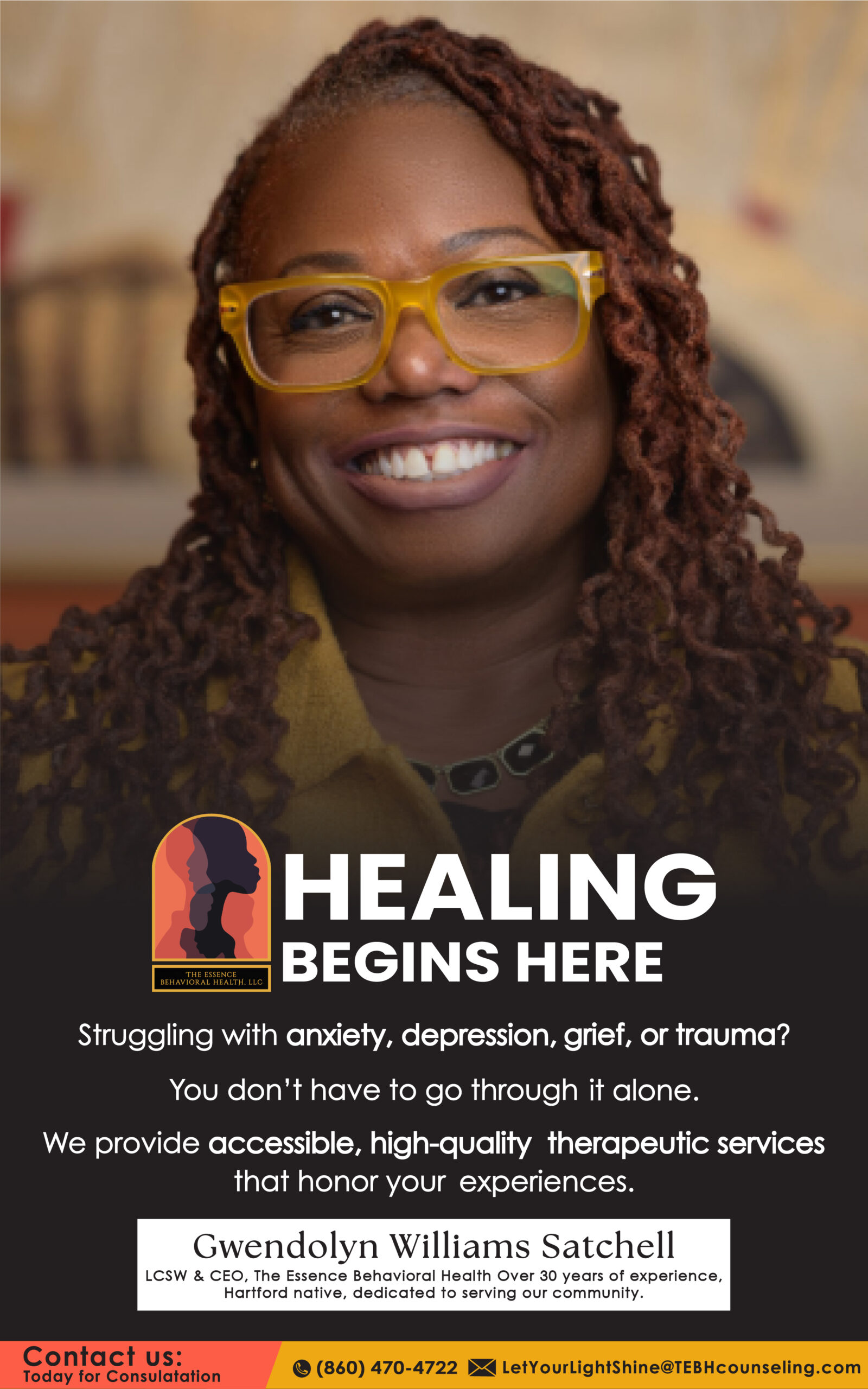By Nyawira Githae
As a teen, coming across Black Pioneers of Science by Louis Haber, in my Dad’s book collection opened my eyes to the role black scientists and inventors had played historically behind so many popular discoveries and inventions.
Despite the racial discrimination and in numerous cases, slavery, that hindered their access to education and even jobs that they were qualified for, they were still able to play pivotal roles in scientific and industrial advancement.
I was in awe of these pioneers who looked like me. Why hadn’t I heard of them before? But stories that I heard or read even less of were about BIPOC female pioneers.
“Women of color are born into a world where they are automatically at a deficit because of their gender.” – Jay Thomas
Elizabeth Marie “Betty” Tall Chief, Simone Manuel, Liliana Monge, Isabella Aiukli Cornell, Mona Haydar, Alicia Garza, Shirley Chisholm, Suzan Shown Harjo, Anna Sui, Mariya Russell, Eileen Gu, Cathy Park Hong, Wilma Mankiller, Mikaela Pabon, Dr. Hayat Sindi, Nyanyika Banda, Dara Torres, Mariam Bazzi, and Ketanji Brown Jackson.
Do you recognize any of those names? Within that list there’s a Latina Co-Founder of a successful coding company in LA. I kid you not, there’s also a Wakanda Chef as well as the first black woman to get awarded a Michelin Star.
Cuban American swimmer Dara Torres was an Olympic gold medalist who caused a stir when she started competing again in her forties. In 2008, she won 3 silver medals at the age of 41.
Who wouldn’t want to learn about women like these? So why hasn’t the K-12 education system been revised to include a more accurate representation of the history of women of color?
Why don’t BIPOC women get enough coverage on mainstream media?
This is ironic considering, “The U.S. Census projects that Blacks, Asians, Hispanics, Native Americans, Pacific Islanders, and those who are multi-racial will be the majority of the population by 2050.
‘Women are more than half the U.S. population, and people of color nearly 40 percent,” said Julie Burton, president of the Women’s Media Center.’”- www.poynter.org
On top of the old boy’s network, gender bias, and systemic racism, over many years, a trend has developed where BIPOC history and stories tend to spotlight and repeat the stories of a few figures.
When discussing her book, A Black Woman’s history of the United States, Kali Nicole Gross mentioned that she wanted to tell a comprehensive story of a wider range of experiences. These experiences include the lives of black female convicts because there is usually more to their stories that we can learn from and all of these women have had a profound impact on American history.
Telling a comprehensive story is a step in the right direction and social media has proven to be a platform where BIPOC women’s stories can collectively be told by BIPOC women and men.
On social media, not only are we learning about aspirational figures but we’re also learning through the mistakes and wins of women who look like us and are living similar lives. There’s something validating and relatable about learning from someone who looks, sounds, behaves like you and has similar cultural values. Social media is flipping the world over for BIPOC women.
I found out about Ketanji Brown Jackson being nominated to be a Supreme Court Judge via LinkedIn through a post by Judge Shannon Frison of the Massachusetts Superior Court. A black woman promoting another black woman is how I found out about a historical event in the making.
Social Media has many setbacks but now we know where we can buy children’s books by BIPOC authors and toys for BIPOC children.
BIPOC stay at home mums have become thought leaders.
I can listen to podcasts by BIPOC women who are sharing tips on how to become digital nomads.
What about the power of Black Twitter? According to an article in pewresearch.org, “The online community known as Black Twitter has long been using these platforms to collectively organize, offer support and increase visibility online for Black people and issues that matter to them.”
Our own communities are now informing our thought processes more than Hollywood and mainstream media. We are questioning and not accepting everything as fact or status quo. What’s more, we are holding institutions accountable.
Without a doubt, social media is a powerful tool to harness to increase the visibility of BIPOC women. If we can continue to create spaces where we document, teach and promote our BIPOC women, we will continue to see great strides for BIPOC women and the BIPOC community as a whole.





